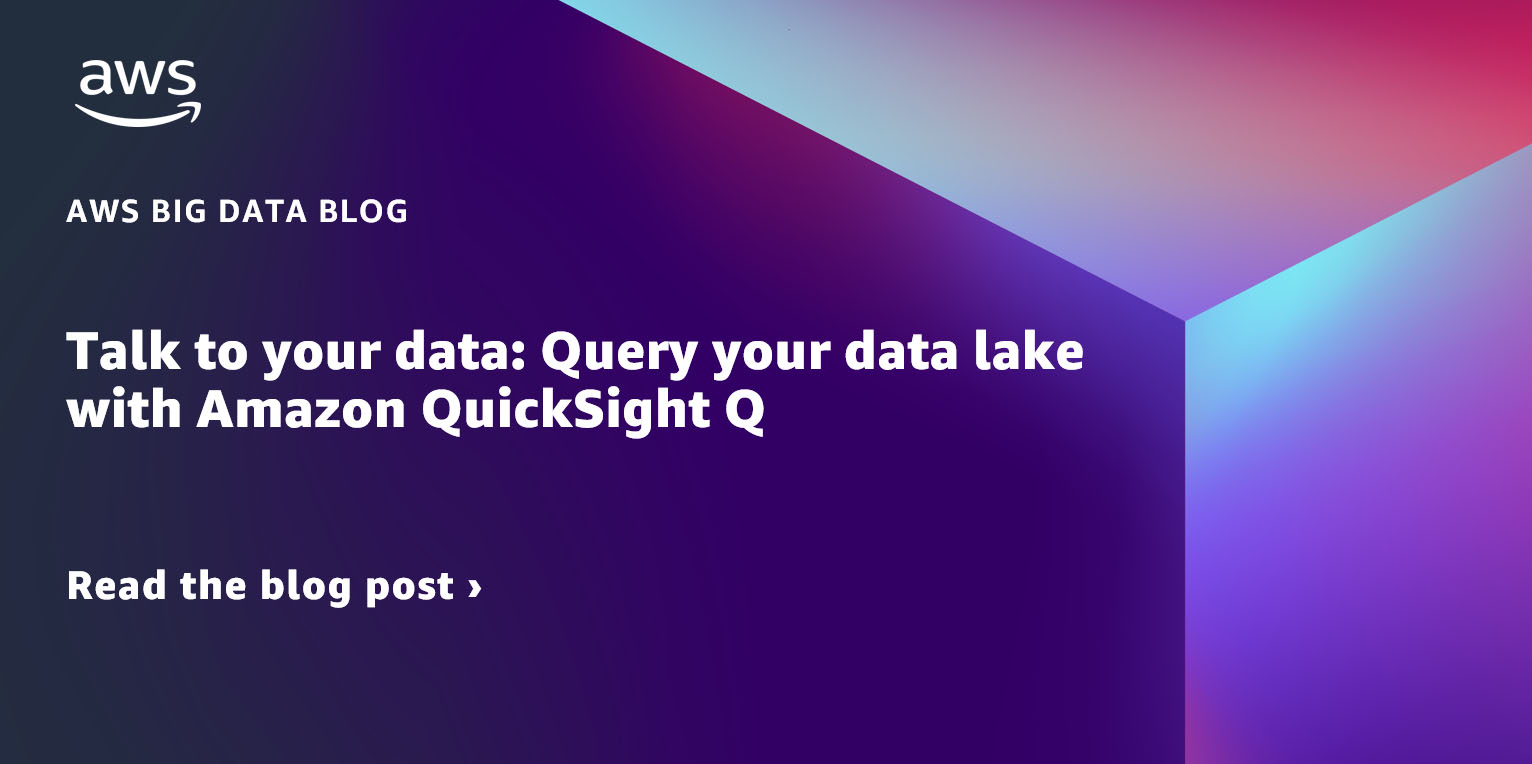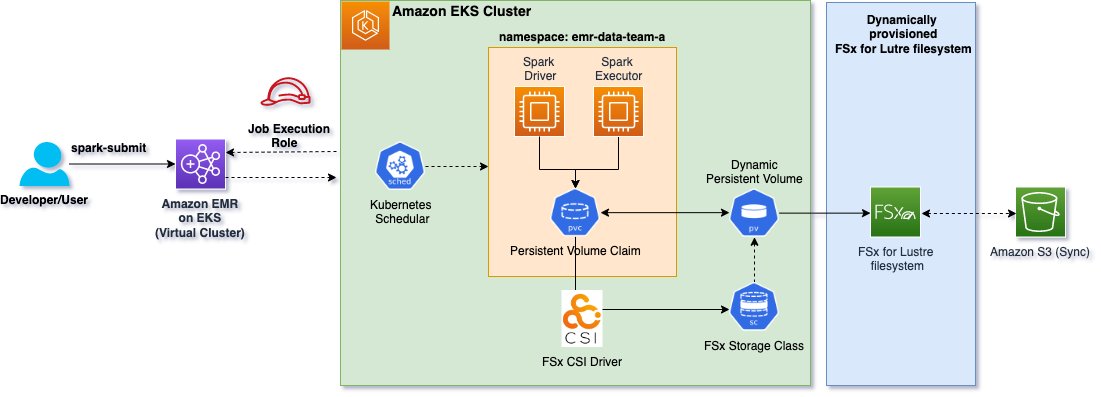AWS Big Data Blog
Talk to your data: Query your data lake with Amazon QuickSight Q
Amazon QuickSight Q uses machine learning (ML) and natural language technology to empower you to ask business questions about your data and get answers instantly. You can simply enter your questions (for example, “What is the year-over-year sales trend?”) and get the answer in seconds in the form of a QuickSight visual. Some business questions […]
Design considerations for Amazon EMR on EKS in a multi-tenant Amazon EKS environment
Many AWS customers use Amazon Elastic Kubernetes Service (Amazon EKS) in order to take advantage of Kubernetes without the burden of managing the Kubernetes control plane. With Kubernetes, you can centrally manage your workloads and offer administrators a multi-tenant environment where they can create, update, scale, and secure workloads using a single API. Kubernetes also […]
Detect and process sensitive data using AWS Glue Studio
Data lakes offer the possibility of sharing diverse types of data with different teams and roles to cover numerous use cases. This is very important in order to implement a data democratization strategy and incentivize the collaboration between lines of business. When a data lake is being designed, one of the most important aspects to […]
How ZS created a multi-tenant self-service data orchestration platform using Amazon MWAA
This is post is co-authored by Manish Mehra, Anirudh Vohra, Sidrah Sayyad, and Abhishek I S (from ZS), and Parnab Basak (from AWS). The team at ZS collaborated closely with AWS to build a modern, cloud-native data orchestration platform. ZS is a management consulting and technology firm focused on transforming global healthcare and beyond. We […]
Optimize Amazon EMR costs for legacy and Spark workloads
December 2023: This post was reviewed and updated for accuracy. Customers migrating from large on-premises Hadoop clusters to Amazon EMR like to reduce their operational costs while running resilient applications. On-premises customers typically use in-elastic, large, fixed-size Hadoop clusters, which incurs high capital expenditure. You can now migrate your mixed workloads to Amazon EMR, which […]
Identify source schema changes using AWS Glue
In today’s world, organizations are collecting an unprecedented amount of data from all kinds of different data sources, such as transactional data stores, clickstreams, log data, IoT data, and more. This data is often in different formats, such as structured data or unstructured data, and is usually referred to as the three Vs of big […]
Run Apache Spark with Amazon EMR on EKS backed by Amazon FSx for Lustre storage
September 2023: This post was reviewed and updated for accuracy to reflect recent improvements and changes. Traditionally, Spark workloads have been run on a dedicated setup like a Hadoop stack with YARN or MESOS as a resource manager. Starting from Apache Spark 2.3, Spark added support for Kubernetes as a resource manager. The new Kubernetes […]
Choose the k-NN algorithm for your billion-scale use case with OpenSearch
April 2024: This post was reviewed for accuracy. February 2023: This post was reviewed and updated for accuracy of the code. When organizations set out to build machine learning (ML) applications such as natural language processing (NLP) systems, recommendation engines, or search-based systems, often times k-Nearest Neighbor (k-NN) search will be used at some point […]
Fine-grained entitlements in Amazon Redshift: A case study from TrustLogix
This post is co-written with Srikanth Sallaka from TrustLogix as the lead author. TrustLogix is a cloud data access governance platform that monitors data usage to discover patterns, provide insights on least privileged access controls, and manage fine-grained data entitlements across data lake storage solutions like Amazon Simple Storage Service (Amazon S3), data warehouses like […]
Amazon migrates financial reporting to Amazon QuickSight
This is a guest post by from Chitradeep Barman and Yaniv Ackerman from Amazon Finance Technology (FinTech). Amazon Finance Technology (FinTech) is responsible for financial reporting on Earth’s largest transaction dataset, as the central organization supporting accounting and tax operations across Amazon. Amazon FinTech’s accounting, tax, and business finance teams close books and file taxes […]









